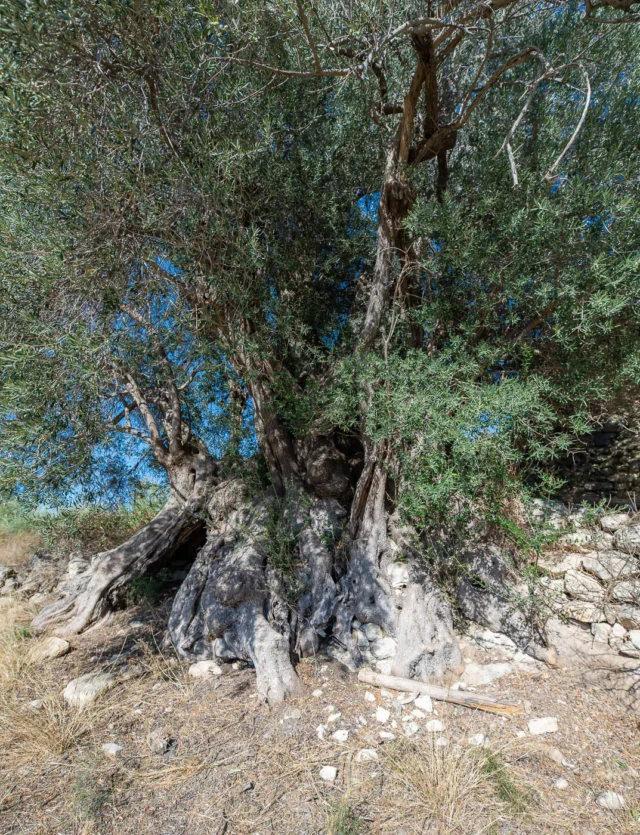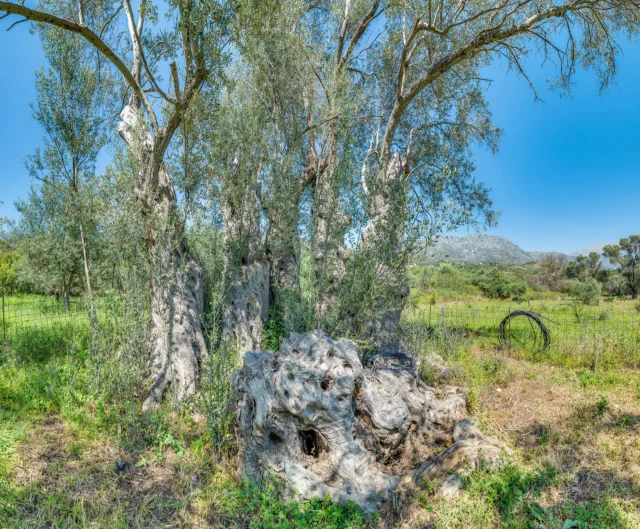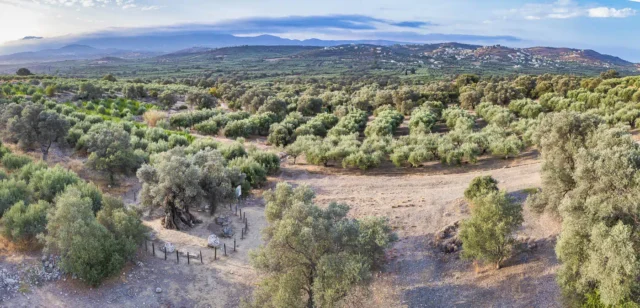13
listings found
Categories
Active filters:
Kournas lake
Crete's only natural freshwater body, this is a karstic lake in Apokoronas, Chania. Formed in a doline at the White Mountains' foothills, it is fed by underwater springs. A protected Natura 2000 site, its ecosystem includes native fish like the Sand Smelt and Freshwater Blenny, migratory European Eels, and the Balkan Terrapin. Introduced species like Mosquitofish and Goldfish, along with water abstraction for irrigation and potential pollution from tourism, pose threats to its delicate balance.
Agia lake
Located 9 km west of Chania, this artificial lake covers 45 hectares and was created in the 1920s from a swamp to power a hydroelectric station, now a museum. It is a significant Natura 2000 protected wetland, sourcing water from the White Mountains. The area is a vital stop for over 200 migratory bird species and hosts over 130 plant species. The native Cretan frog population has been largely displaced by the invasive American bullfrog. The site offers walking paths and birdwatching observatories.
Pelekita Cave, Zakros
Pelekita Cave, on Crete's east coast, features Neolithic and Minoan finds. Excavations reveal pottery, tools, and animal bones, detailing early Aegean life. Neolithic strata include debates on dating and regional connections to the Cyclades and Anatolia. The cave's use spanned from the Paleolithic to the Minoan period, with a volcanic ash layer linking it to the Thera eruption. Domestic features like hearths and a possible sheep-pen suggest varied uses. Ongoing analysis aims to clarify the cave’s chronology and significance, showing its role in understanding Crete’s prehistory. The cave contains five chambers, stalactites, stalagmites, and a freshwater source.
The Palm Forest of Agios Nikitas
The palm forest of Agios Nikitas in Crete is the only place on the island where the Cretan palm grows at a distance from the sea.
The Ancient Olive Tree of Ano Tripodo
The 2,600-year-old monumental olive tree in Ano Tripodo, Crete. A testament to time and nature's resilience.
Aposelemis river dam
The Aposelemis Dam, located on Crete's Aposelemis River, is an earthfill embankment dam that serves as a vital water source for Heraklion and Agios Nikolaos. With a reservoir capacity of 27.3 million cubic meters, it captures water from the Lasithi Plateau and Aposelemis basin. Built from locally sourced phyllite and limestone, the 61-meter-high dam features a central impervious clay core and a 660-meter crest. The project included relocating the village of Sfendyli, and addressed environmental impacts through mitigation measures. Treated water is distributed via a 74-kilometer aqueduct, aiding agriculture, tourism, and flood control. The dam faces challenges from rainfall fluctuations and climate change, necessitating ongoing monitoring and sustainable water management strategies, including alternative water sources and conservation. It stands as a complex project with environmental, economic, and social implications, embodying both progress and the need for sustainable water practices in Crete.
Votomos lake in Zaros
Votomos Lake, or Zaros Lake, is a man-made water body in Crete's Psiloritis southern slopes, established in 1987 from a pre-existing wetland. The area, known for the "Zaros" bottled water, signifies "place of much flowing water." It offers trout and salmon farming, dining, recreation, and serves as a trailhead for the Agios Nikolaos Gorge, leading to the Rouvas forest. The lake's creation reflects water management and recreational development in the region, blending natural spring origins with human-engineered enhancements, and local legends that speak of the origins of the lake.
Monumental Olive Tree of Paliama
Ancient olive tree near Moroni, Crete, designated "Monumental" with unique trunk and historical significance.
Ancient Olive Tree in Goulediana
The Goulediana olive tree, a mastoeidis variety, dates to approximately 1750 years old, evidenced by its growth rings. This 12-meter tall tree with a 17.5-meter circumference reflects the deep-rooted tradition of olive cultivation in Crete, near the Onithe archaeological site. The tree symbolizes peace, prosperity, and longevity, central to Cretan culture and economy. Olive oil is a staple in the Cretan diet, and the olive harvest is a significant annual event, highlighting the tree's cultural significance and historical importance. The gnarled trunk shows centuries of growth, connecting to the area's ancient economic activities.
Mana Elia, ancient olive tree
The Monumental Olive Tree, or “Mana Elia,” is a 2,800-year-old olive tree located in Kamilari, Crete. It has been designated a natural monument due to its size and historical significance. The tree has a base perimeter of 9.5 meters and its trunk is marked by age. The Kamilari Cultural Association has placed twelve large stones around the tree for protection. Eight of the stones are carved with the double axe symbol associated with the Minoan civilization. Mana Elia is near the Kamilari Tholos Tomb and the Minoan Palace of Phaistos. It is a “Thrombolia” variety olive, locally called “Hontrolia,” grafted onto a wild olive rootstock. This grafting technique ensures the tree’s continued health. Mana Elia is a popular tourist attraction and represents Crete’s history of olive cultivation. It is valued for its historical and cultural significance.



















